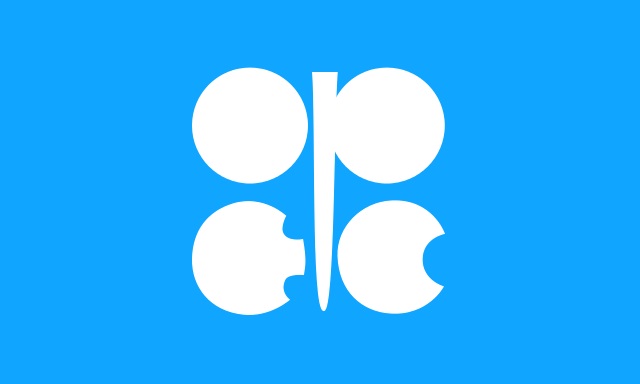
OPEC’s agreed production quota has been 30 million barrels a day since early 2012, and while that is more of a suggestion than a hard target, the cartel’s main swing producer — Saudi Arabia — had been willing to make some adjustments in its production to accommodate the erratic production from Libya, Iraq and other OPEC members.
April’s production rose by 210,000 barrels a day over March production as Saudi Arabia increased its production by 100,000 barrels a day to 10.1 million barrels. According to Platts, Iran, Iraq, Kuwait, Libya and Nigeria all posted smaller increases as well.
In OPEC’s April Monthly Oil Market Report, the cartel estimated that global demand on OPEC crude would average 29.27 million barrels a day in 2015, with demand rising from 27.78 million barrels in the first quarter to 30.71 million in the fourth quarter. The cartel has already sprinted past that number.
U.S. crude oil inventories fell last week, but the decline was due primarily to lower imports. Production slipped by 57,000 barrels a day last month and is expected to slide further in May. But as prices have moved higher, U.S. producers are looking to increase production again.
What OPEC and the Saudis may not have counted on was the decline in production costs from U.S. shale plays and the speed with which the producers have been able to curtail production. It appears that crude prices may be on a seesaw right now, with events driving the price high enough that U.S. producers can once again make a profit. We’ll have to wait and see if crude prices drop again, but our bet is that the more or less equilibrium price is going to be hard to find. Volatility may get even more pronounced in the weeks and months ahead.
ALSO READ: 9 States Running Out of Water
Get Ready To Retire (Sponsored)
Start by taking a quick retirement quiz from SmartAsset that will match you with up to 3 financial advisors that serve your area and beyond in 5 minutes, or less.
Each advisor has been vetted by SmartAsset and is held to a fiduciary standard to act in your best interests.
Here’s how it works:
1. Answer SmartAsset advisor match quiz
2. Review your pre-screened matches at your leisure. Check out the advisors’ profiles.
3. Speak with advisors at no cost to you. Have an introductory call on the phone or introduction in person and choose whom to work with in the future
Thank you for reading! Have some feedback for us?
Contact the 24/7 Wall St. editorial team.




